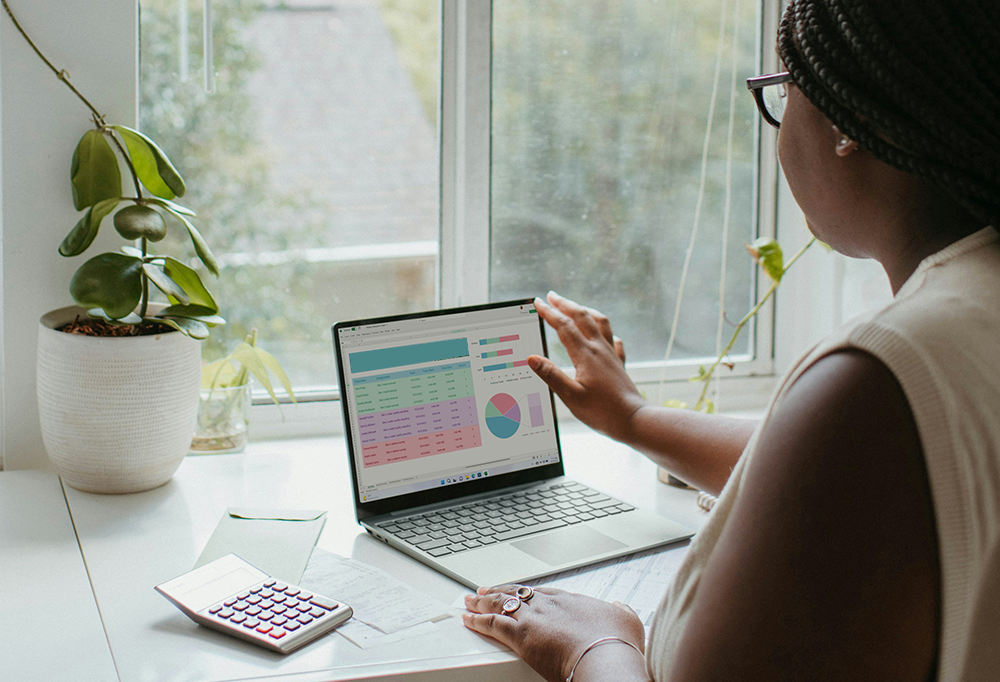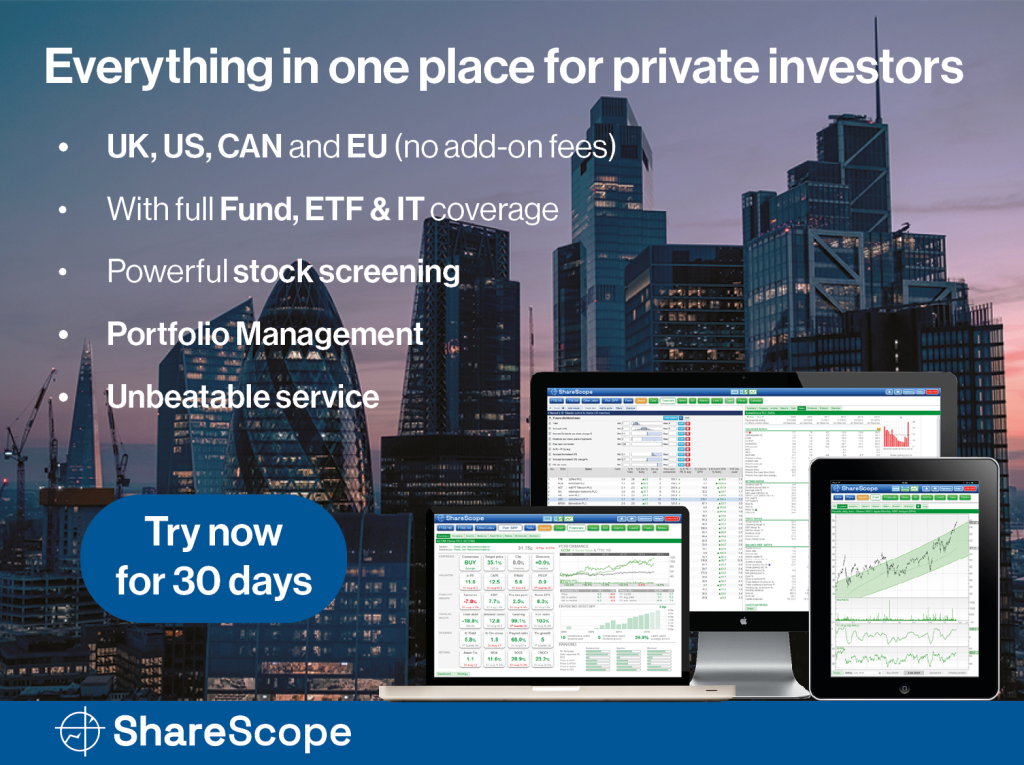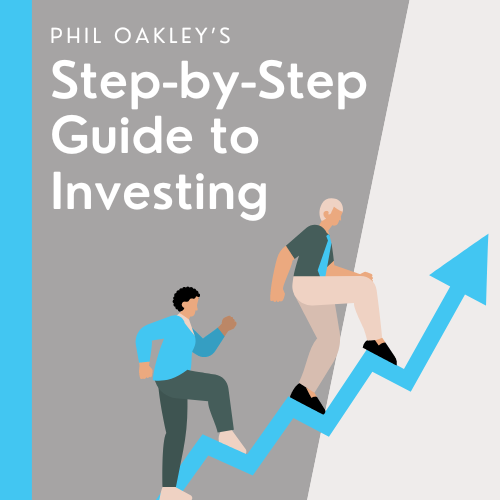Knowing the rules is one thing – applying them in live trades is another. In Part III of his position sizing series, Michael Taylor explains the spreadsheets, numbers, and mindset you need to size positions like a pro.

This is part 3 of my multi-series on position sizing.
If you’ve not already, then I’d suggest to read part 1 and part 2 as this article builds on the concepts from earlier parts.
And if you’ve read both of those, let’s continue as you understand the basics.
But knowing the theory and actually implementing it are two different things entirely.
First, you need a spreadsheet or a trading journal.
It doesn’t matter how good your memory is (mine is reasonable as a few weeks after I’d watched a film but I could remember what screen and seat number I was but not what film I’d watched or anything about it. Or does that say more about the film than my memory? In any case, I’m digressing..) – the reality is it’s nowhere near good enough.
If you want to take this business seriously (and you should, because your hard-earned capital is always at risk) then you need to track your data at the very basic level as a bare minimum.
Your spreadsheet needs these columns: Date, Stock Name, Entry Price, Stop Loss Price, Risk Per Share, Account Size, Risk Percentage.
You can also add in intended exit, as well as what happened a month after you exited the trade.
This data matters too. What if 90% of your trades keep rallying without a pullback?
That means you’re leaving money on the table.
But you wouldn’t know it if you didn’t check it.
Every time you consider a trade, you need to know the numbers.
And what happens when you follow this process is that you’ll find yourself passing on trades that looked brilliant until you worked out the position sizing.
Maybe the stop loss needs to be so far away that the upside isn’t worth it, or it makes the trade not worth the commission costs (although with IG share trading is free).
This is the spreadsheet doing its job.

The Account Size Question
One aspect that trips up beginners is what “account size” actually means for position sizing calculations. Do you use your total portfolio value, or just your available cash?
I use my total account value, including existing positions. This allows you to scale up and down in increments.
For example, if you’re risking 1% per trade and you end up 20% down but keep the risk the same, you’re actually risking 1.25%.
That means you’re risking more despite losing. And what you need to do is revise your monetary risk down too to keep to the same level. Or revise it down even more so your new risk per trade is actually below 1%.
This gives you even more runway to succeed.
Remember, no trade ever goes bust trading small sizes. If you risk 1% per trade, you can lose 100 trades in a row before going bust.
If after 50 losses in a row, you drop your position size by 75% to what would be 0.25% of your starting account, you’ve now bought yourself another 200 losses.
That’s 300 losses in a row before you’ve blown your account. And that’s before sizing down even further!
So the reality is, there is absolutely no excuse for blowing an account. If you do so, then it’s simply because you failed to respect risk.
You also need to be aware of how much risk you’re actually taking.
If you’ve got 30 positions of 1%, then 30% of your account is in play. That means if all stocks went bust tomorrow, you’d be down 30%.
Obviously, that’s unlikely… but if you’ve got a book full of long positions, and the market tanks.. Guess what happens?
Exactly, all 30 of those positions are likely to fall.
Most of your trades are likely to be longs. That’s fine. Just know your numbers, and know what’s actually at risk.
The Practical Realities of UK Markets
Trading UK stocks presents some unique position sizing challenges that you won’t read about in American trading books.
For one thing, our stocks trade in pence, which means the spread can represent a significant percentage of your risk budget on cheaper shares.
If you’re trading a 50p stock with a 5p spread, that’s a 10% spread.
Now, you’ll usually be able to trade inside the spread using the RSP, so the advertised spread is worse than reality.
But even if the spread is 47p bid and 49p ask, that’s still a 4% spread.
American trading books which advocate using a 6% stop loss is not going to work where your spread is almost all of your stop loss.
Your position sizing needs to account for this with wider stops, and this will decrease your overall size. Be careful of horrifically illiquid stocks – it’s just not worth it.
Then there’s the issue of minimum commission charges. IG lets you trade UK stocks for free now, but Hargreaves Lansdown is £11.95 a trade.
If we assume £10, and a £500 position size, that’s 2% in costs just to enter the trade, and another 2% to exit. That’s 4% in fees before you even make the spread, and before you even make a profit!
The obvious solution to get around this is to just trade with IG.
Adjusting Position Size for Market Conditions
The broader market environment should influence how much you risk, even if your per-trade risk percentage stays constant.
During strong bull markets and when your trades are working – consider upping your size – but only if you’ve got the data to back it up.
When the market is on my side, and breakouts have a higher probability of working, it makes sense to step on the gas.
When the market turns choppy or enters a correction phase, I reduce my trades taken and you can also consider revising down the risk.
Some traders stop trading altogether during bear markets, but I find that reducing position size allows me to stay active while limiting damage. You can still learn and improve during difficult markets, just with less capital at risk.
Michael Taylor
Get Michael’s trade ideas: https://newsletter.buythebullmarket.com/
Free educational content: @shiftingshares
This article is for educational purposes only. It is not a recommendation to buy or sell shares or other investments. Do your own research before buying or selling any investment or seek professional financial advice.




Thank you for posting these articles. I am sure I read them before when I started my trading journey but did not apply them as rigidly as I should have. This has probably cost me some overall profit in the last couple of years. However, having read the first two articles I’ve incorporated your advice into my spreadsheets and trading diary so I am sure that this will make my future trading more efficient.
One question I have is that most of my trades fall below 0.5% risk, primarily due to relatively small investment amounts, which means that entry and exit costs reduce the profitability of trades more than if the risk was a bit higher. Also the amount of time researching is relevant. Do your trades tend to be closer to the upper end (1-2%) thereby increasing the profitability per trade?